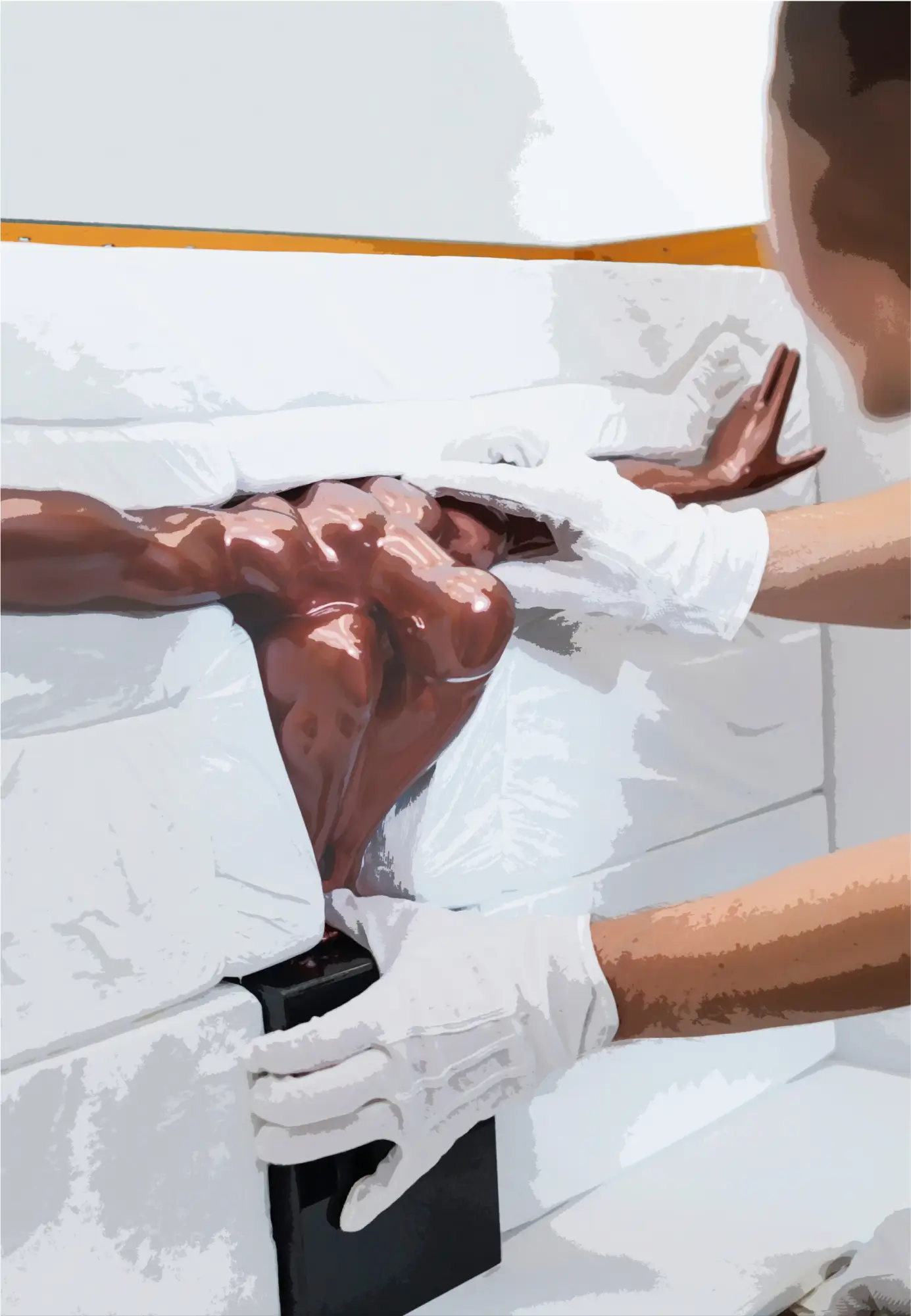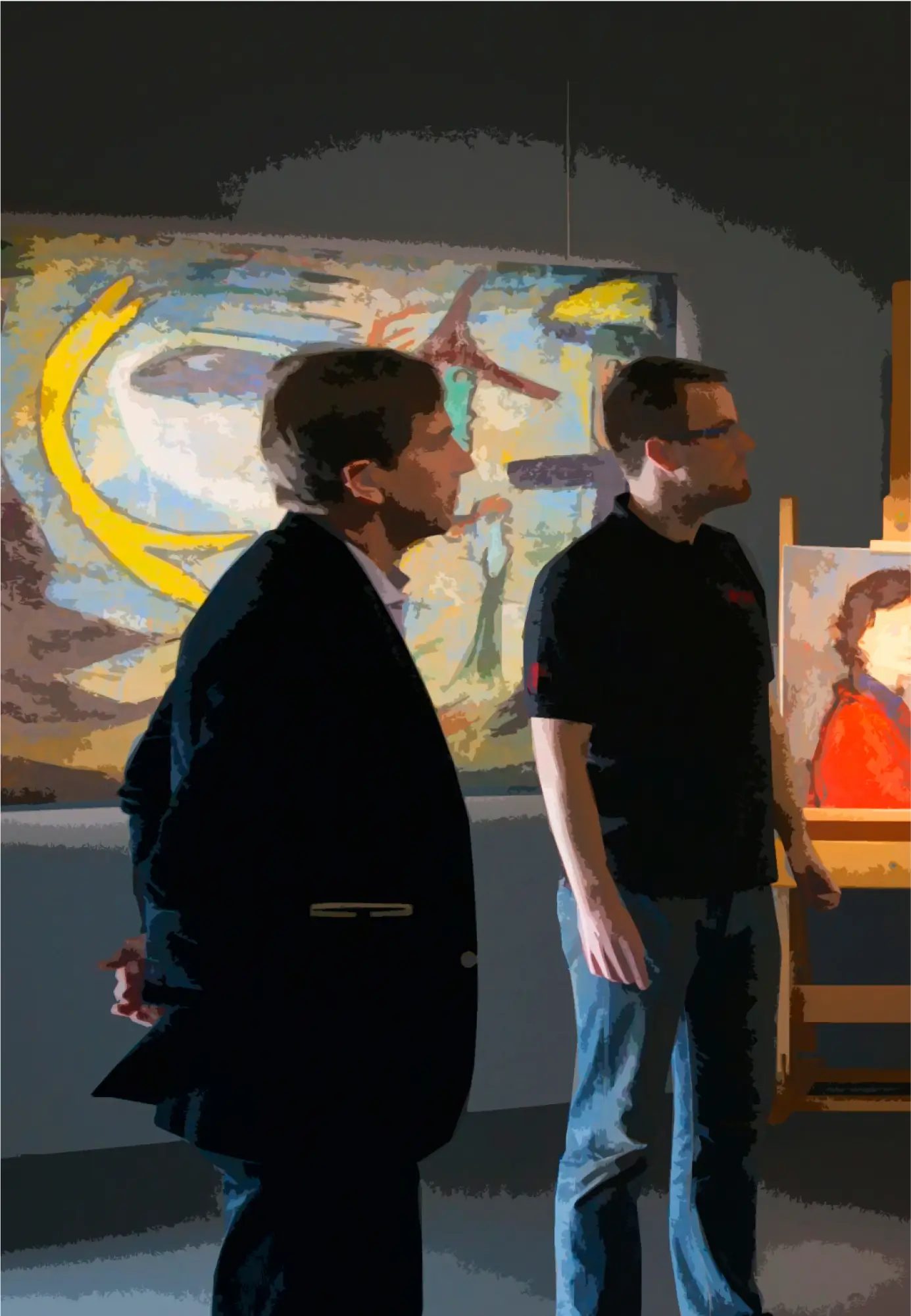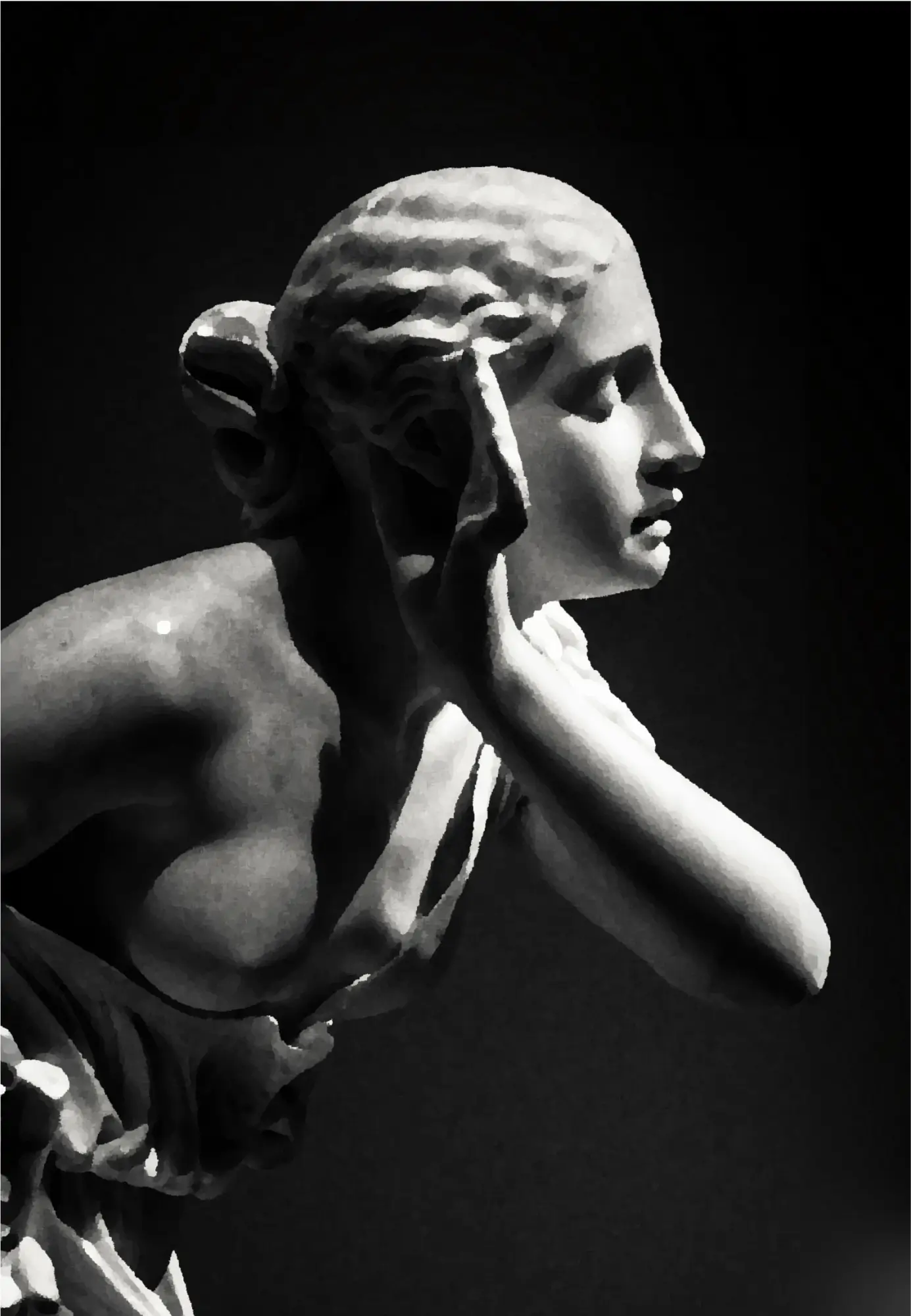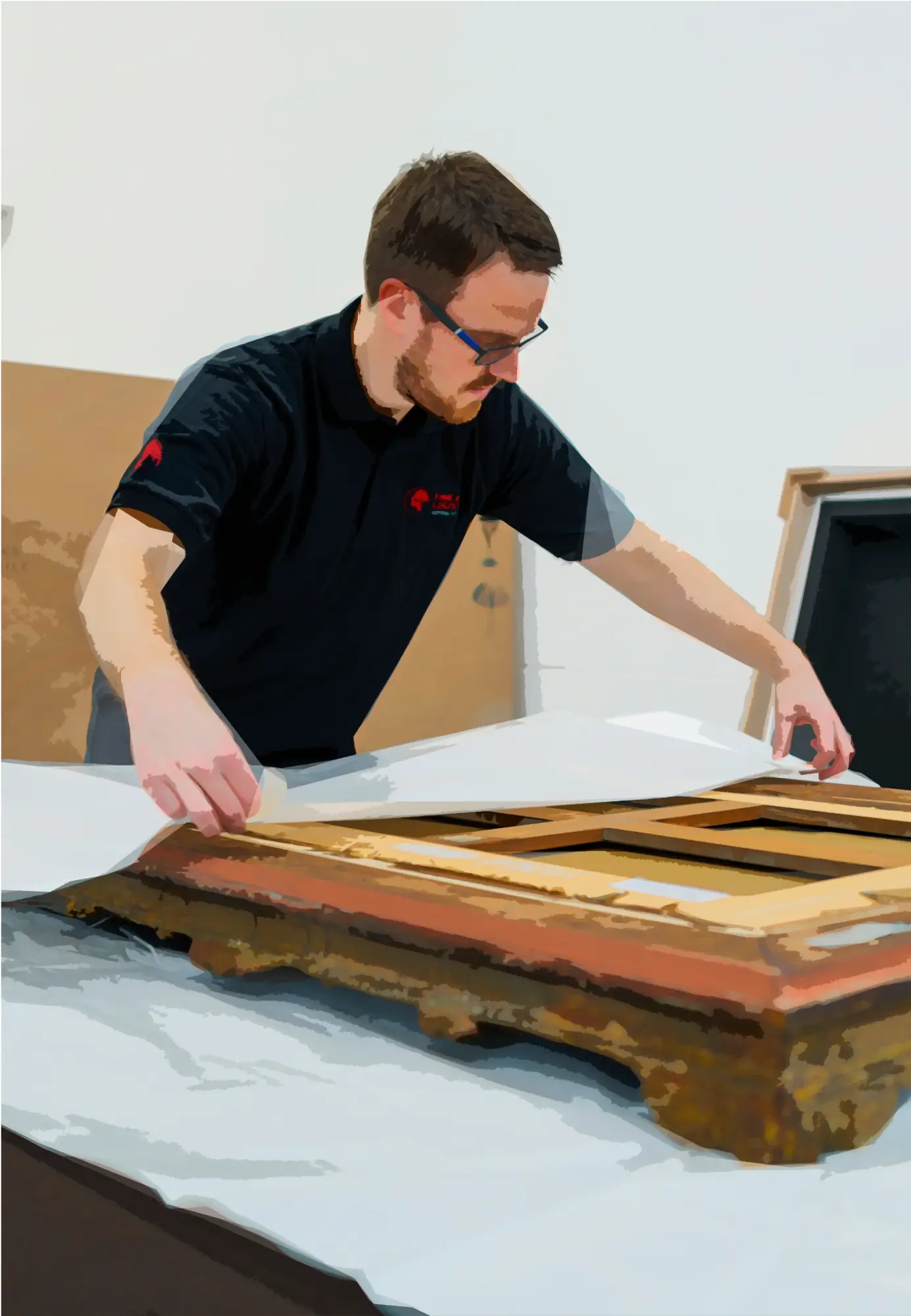Solutions to the 6 challenges of Logistics and Management of a Global Art Collection
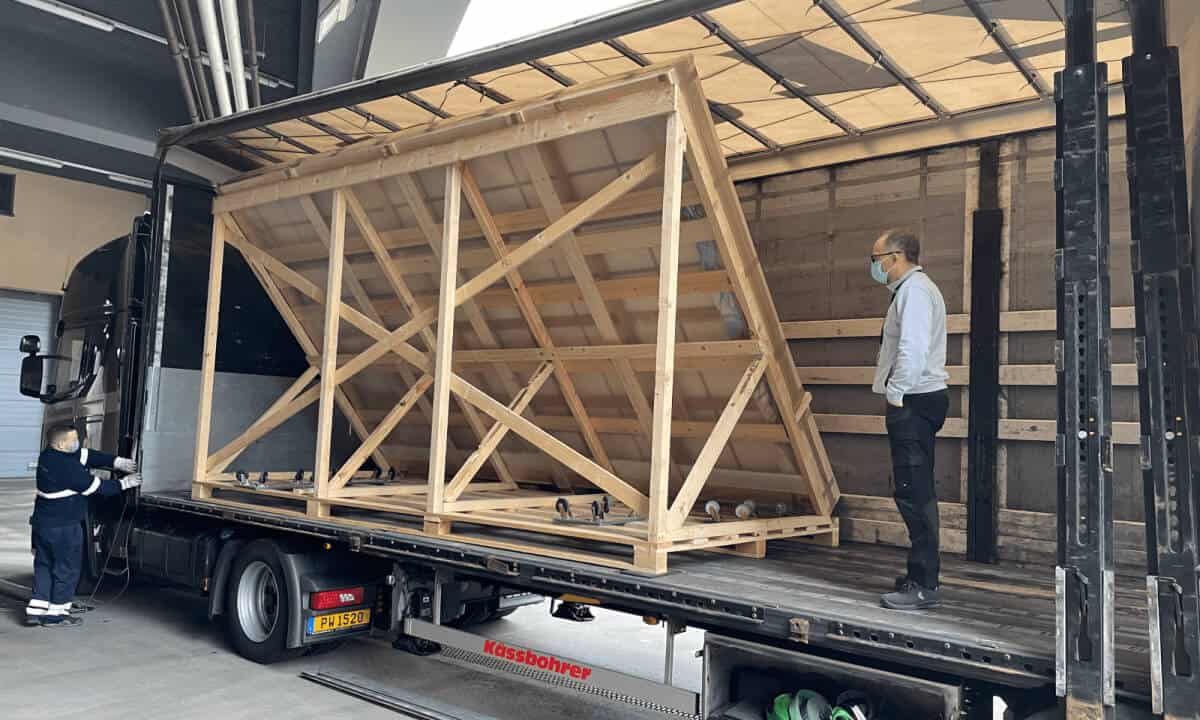
Managing a global art collection is a fascinating adventure that goes far beyond simply acquiring works of art. For discerning collectors, the unique perspective it offers is associated with exceptional challenges.
In this article, we explore the logistical and organisational challenges facing art collectors around the world and the ingenious solutions they are implementing to overcome them.
1. Geographical dissemination of art collections
Geographic and artistic spread is an essential feature of major art collections.
Bringing all this cultural wealth together in a single collection introducesits own set of challenges in terms of international logistics.
One of the major logistical challenges for art collectors is managing the transfers of international acquisitions.
Buying, transporting and dealing with the customs formalities inherent in works of art from different parts of the world can indeed quickly become a logistical headache.
For example, exports of works of art from China may be subject to strict regulations. International collectors buying Chinese artworks can face significant logistical challenges in shipping them abroad while complying with Chinese laws.
In another prominent example, Egypt requested the return of the famous "Nefertiti Bust" on display at the Egyptian Museum in Berlin. This gave rise to debates about the return of works of art to their country of origin, as well as concerns about the security and logistics of transporting the precious piece.
This limestone bust of Queen Nefertiti, wife of the Pharaoh Akhenaten, is one of the most emblematic artworks of ancient Egypt and is considered a masterpiece of Egyptian art. It was discovered in 1912 during an expedition led by the German archaeologist Ludwig Borchardt to Tell el-Amarna in Egypt.
The controversy surrounding the Nefertiti Bust stems from the way in which it was discovered and the question of its ownership. At the time of its discovery, Egypt was under Ottoman rule, and the bust was legally discovered in accordance with the laws in force at the time. However, the debate began when it became clear that Egypt, which had gained independence in 1922, considered the bust to be an important part of its cultural heritage.
Egypt has long sought the return of the Nefertiti Bust, claiming that it was illegally removed from the country. The Egyptians consider the bust to be a symbol of their cultural and artistic heritage, and have asked for the piece to be returned to its land of origin.
On the other hand, the Egyptian Museum in Berlin, where the bust had been on display since its discovery, claims that it has been an integral part of their collection for over a century. The museum also claims that it acquired it in accordance with the laws in force at that time.
The matter has given rise to intense diplomatic tensions and legal discussions between Egypt and Germany, as well as between advocates on both sides.
In the end, the bust was returned to Egypt and is now on display in the Cairo Museum.
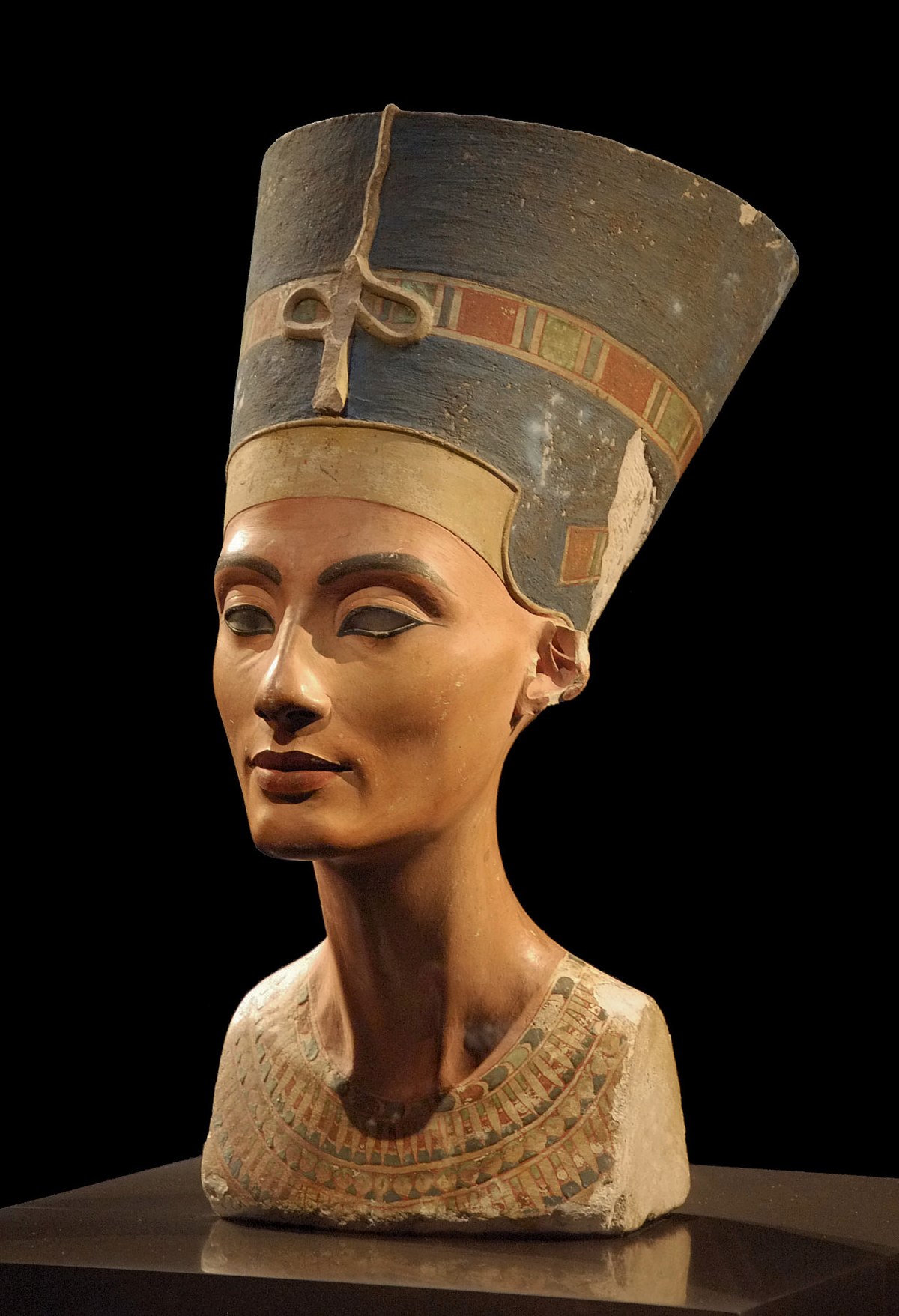
These examples perfectly illustrate the precautions that major art collectors need to take when buying and collecting art from all over the world.
To avoid any mishaps, collectors enlist the help of numerous experts specialising in artworks logistics and customs legislation to ensure that shipments comply with all the checks and protections that apply to this type of cargo, while respecting the rules of the country of origin in terms of artistic heritage.
2. Legal, Tax and CustomsManagement of Global Art Collections
Global art collectors face a myriad of challenges, with legal, tax and customs management being among the most challenging. These complex requirements are compounded by the logistical concerns inherent in collecting works of art worldwide.
One of the major legal hurdles lies in the regulations governing the export and import of works of art, which vary from country to country. Each nation has its own laws and requirements regarding the international art trade. International art transactions therefore require careful guidance through this maze of regulations to ensure legal compliance. Errors in this process can result in significant financial penalties, making accurate legal planning essential.
The estate of Peggy Guggenheim, the famous American art collector, was a notorious example of these challenges. Her collection, featuring major works by surrealist and contemporary artists, raised complex tax and legal issues when it was transferred.
The complexity of the situation lay in the fact that the works were located in Italy, where Guggenheim had spent much of her life, and were to be shipped to the United States, her native country.
The legal issues arose mainly because of Italian laws protecting the country's cultural heritage. The Italian authorities considered some of the works in the Guggenheim collection to be an integral part of their cultural heritage and therefore raised concerns about their export. This led to delicate discussions about how to reconcile respect for Italy's cultural heritage with Peggy Guggenheim's wish to bequeath her collection to the United States.
From a tax point of view, passing on the collection was also a major challenge. As works of art were of great value, inheritance tax was considerable. It was essential to find a tax solution that would preserve the entire collection, while complying with Italian and US tax laws.
Resolving these problems required the intervention of specialists in international law, art experts, and complex negotiations between the Italian and American governments. Eventually, an agreement was reached, and a large part of the Guggenheim collection was transferred to the Solomon R. Guggenheim Foundation in New York, where it remains on public display today.
This example underlines the importance of legal planning for international collectors and highlights the impact of national tax differences.
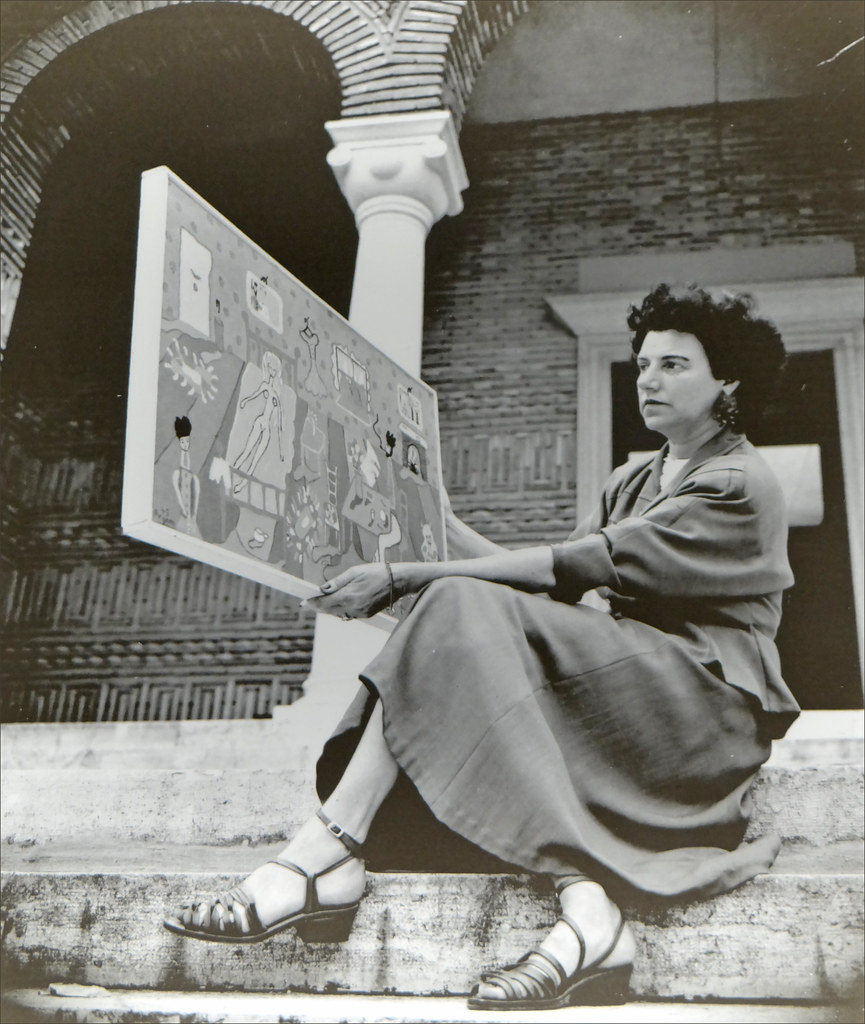
At the same time, customs laws represent a major challenge when acquiring and moving works of art across borders. Every country has its own customs laws, international trade agreements and tax laws that must be respected.
The taxation of works of art when they are exported or imported can have a considerable impact on the overall cost of the transaction. Furthermore, the provenance of a work can have significant tax implications, particularly in France where specific rules apply to works relating to cultural heritage.
To overcome these legal, tax and customs challenges, art collectors around the world turn to legal advisers and international law experts specialising in art-related issues.
These professionals help to understand and comply with local and international regulations, while developing tax-efficient strategies such as free zone storage. For example, facilities such as Fortius located in a free zone offer VAT suspension on storage and all services provided.
3. Authentication of International Works of Art
Authentication of artworks is a crucial element for informed collectors. This stage requires rigorous logistics to bring together all the elements needed to verify the origin and provenance of an artwork.
A fitting example of this challenge can be seen in the quest for authenticity in the works of the Italian artist Amedeo Modigliani, famous for his sensual portraits and modernist sculptures.
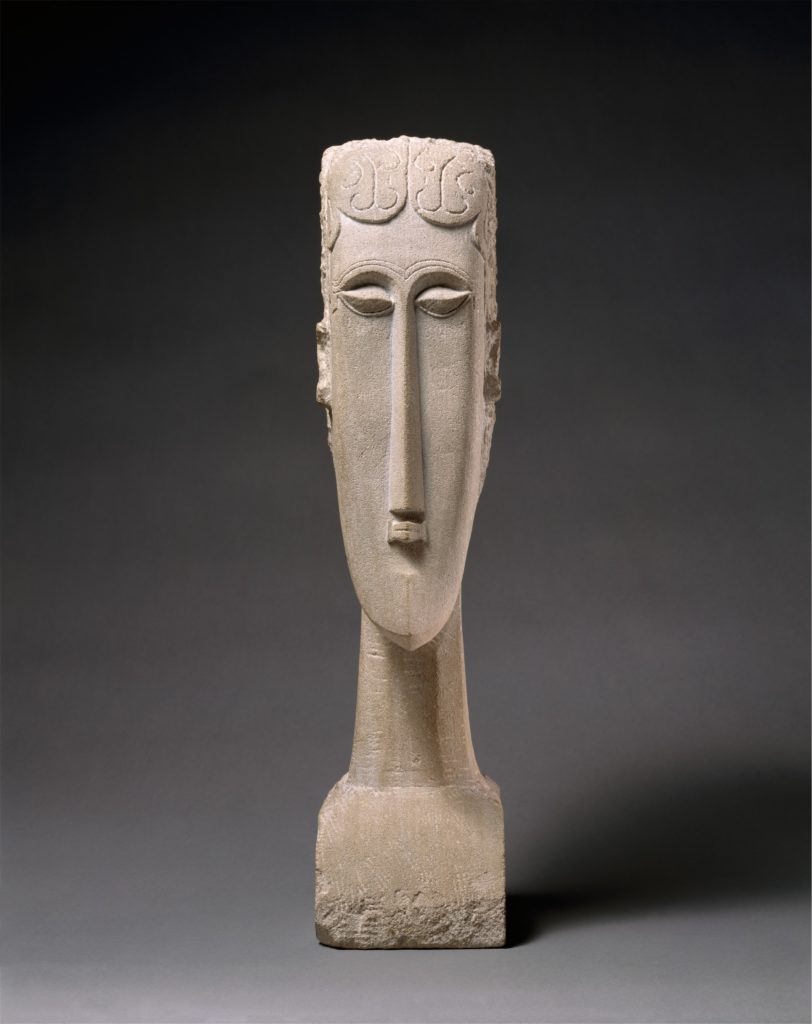
Numerous international collectors have invested considerable sums in artworks attributed to Modigliani, but the authenticity of some of them has been challenged. Attributing a work to a particular artist, in this case Modigliani, requires meticulous expert appraisals, comparisons with other works by the artist and in-depth provenance research.
Here too, collectors have no choice but to rely on internationally renowned art experts and laboratories specialising in the scientific analysis of artistic materials to carry out in-depth technical studies and be able to determine the authenticity of the pieces.
Moreover, international collaboration between collectors and experts strengthens the reliability of the authentication process, as it provides access to a much more impartial cross-validation to ensure that every addition to a collection is authentic.
4. Preservation of the Artistic Heritage
The safekeeping and storage of artworks in a global art collection also presents a number of challenges.
One of the crucial logistical challenges for art collectors is preserving and storing works of art, which are often scattered all over the world. Preserving their splendour while exhibiting them to the public is a real headache.
Consider, for example, the Saatchi family art collection, known for its diverse acquisitions from different countries and cultures. The challenge for the Saatchis was to store these masterpieces safely while making them accessible to the public. To meet this challenge, they invested in the creation of the Saatchi Gallery in London, an exhibition space specially designed to house their collection of modern art.
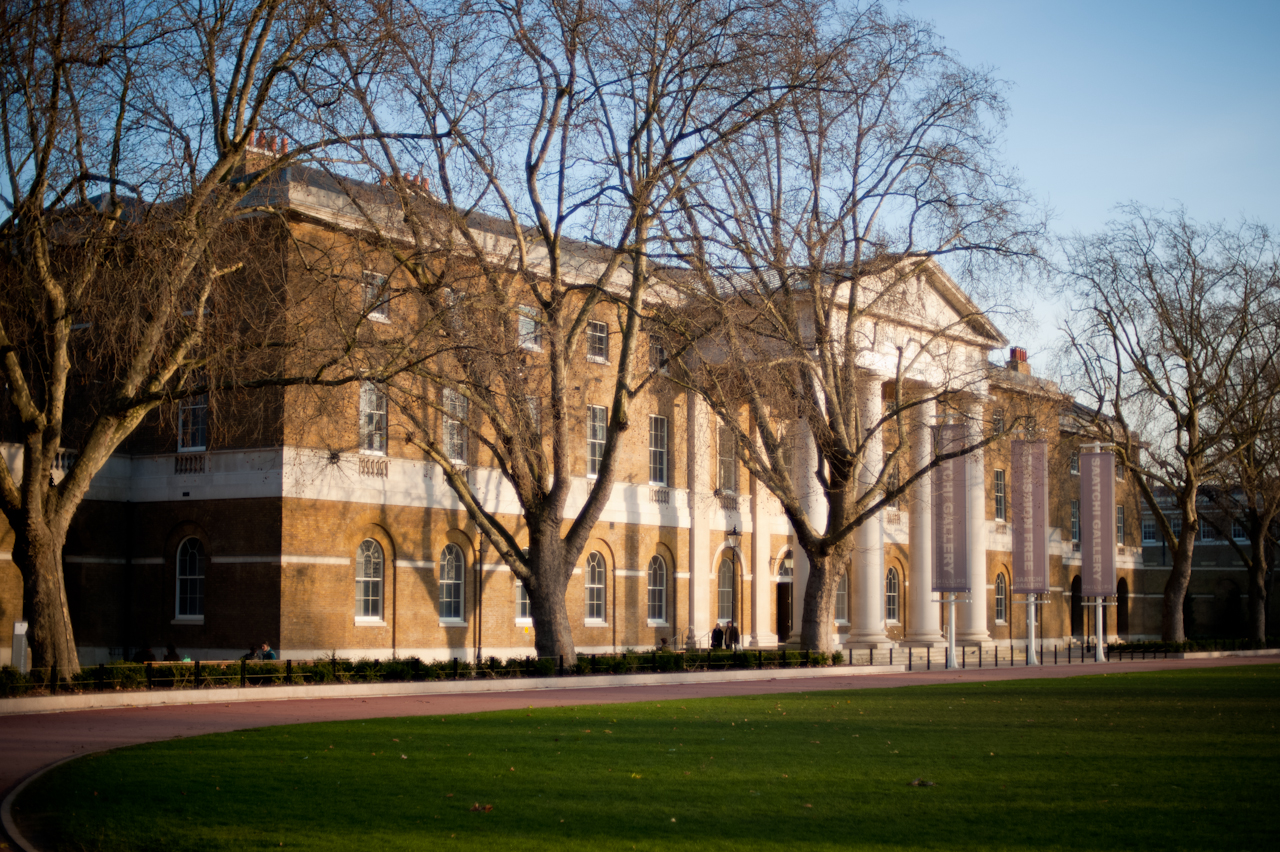
Another relevant example is the collection of Larry Ellison, founder of Oracle. Larry Ellison is famous for his exceptional collection of Japanese art, but it's not just the contents of his collection that intrigues, it's also the way in which he has met the challenges of conserving and storing these precious works.
One of the highlights of Ellison's collection is "The Reaper" by the Japanese artist Hokusai, a famous 19th-century print. Japanese fine art prints, also known as ukiyo-e, are renowned for their beauty and sense of delicacy, but also for their vulnerability to the environment. The conservation of these works requires specific environmental conditions, including controlled levels of humidity and temperature.
To meet these elaborate conservation needs, Ellison has taken the initiative of storing part of his collection in Japan, the country of origin of these works of art.
The challenge lay in safely transporting these precious works to Japan, complying with Japanese customs and tax laws, and ensuring that the storage warehouse maintained the environmental conditions required for long-term safekeeping.
To meet these challenges, Ellison worked with experts in art logistics and international law who specialise in transporting works of art to Japan. They coordinated the transport of each piece with meticulous care, using specially designed crates to minimise the risk of damage during the journey. On arrival in Japan, the works underwent rigorous customs checks to ensure they complied with local laws.
These examples illustrate the absolute necessity of storage in a controlled environment to protect the precious, fragile works that make up humanity's cultural heritage.
To meet these challenges, discerning collectors choose infrastructures specially designed for conserving works of art. These facilities include ultra-secure warehouses, such as those provided by Fortius, equipped with humidity and temperature control and air filtration systems to ensure that artworks are protected from the hazards of time.
5. Preservation of Cultural Heritage and Philanthropic Commitment
Beyond the day-to-day management of their art collections, collectors of world-class art play an important role as philanthropists and guardians of cultural heritage. This dimension adds a fascinating complexity to their commitment.
One of the major challenges in this field is the preservation and safeguarding of masterpieces, historic monuments and cultural sites around the world. Discerning collectors understand the importance of preserving these items of cultural heritage for future generations. The conservation of artworks involves delicate details such as maintaining the right environmental conditions and meticulous restoration, requiring extremely precise logistics.
Take David Geffen, entertainment magnate and art collector. In addition to his remarkable artistic acquisitions, Geffen is a major player in the preservation of cultural heritage. He has provided substantial financial support for the restoration of the Los Angeles County Museum of Art (LACMA) and the Museum of Modern Art (MoMA) in New York, enabling the preservation and enhancement of precious works of art. Its philanthropic actions illustrate the essential role played by collectors of world art in cultural preservation.
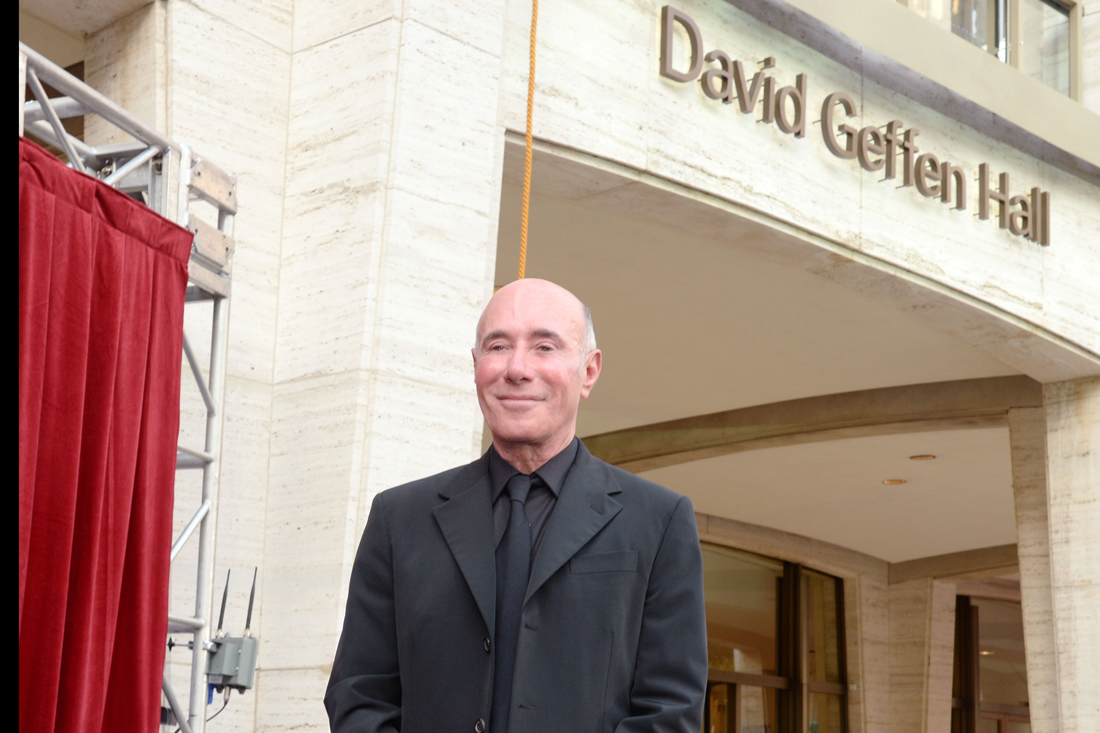
Also, the philanthropic commitment of collectors extends far beyond the simple conservation of works of art. These major players are involved in global philanthropic projects, supporting educational and cultural initiatives on an international scale. This type of commitment requires sophisticated logistics, from managing financial resources to coordinating international partnerships.
International collectors frequently collaborate with cultural institutions, non-governmental organisations and players in the arts sector to achieve their philanthropic objectives. This international collaboration is crucial to the success of these projects, as it enables us to harness diverse expertise and address global cultural issues in a holistic way.
6. The Development of Modern Art Collections
The management of global art collections by discerning collectors is a dynamic process that is constantly evolving. It transcends the barriers of time and space, exerting a substantial influence on the art world, while actively shaping the future of global art.
At the heart of this constant evolution lies a major challenge: adapting to the movements that characterise the contemporary artistic landscape. This dynamic requires much more than a simple selection of artworks. It requires meticulous strategic planning and rigorous logistics to navigate it successfully.
The Broad collection is a great example of the need to evolve with the times. The American businessman Eli Broad, who died on April 30, 2021 was renowned for his sustained commitment to contemporary art.
He supported emerging artists while acquiring works by the most fashionable artists of our time, creating a collection of great diversity. This strategy required complex logistics for the management and display of the works, which were often fragile and sometimes monumental.
Claude Monet's monumental painting, "The Water Lilies", is a perfect illustration of the transport challenges posed by certain pieces of modern art. Transporting this work of art, which is almost 2 metres high and 6 metres long, proved to be a complex logistical headache during its exhibition at the Musée de l'Orangerie at the Jardin des Tuileries in Paris. Not only did the priceless canvas have to be kept safe, it also had to be kept in a controlled environment to preserve its integrity. The museum has also been refitted for this work of art, to ensure that it has the right atmospheric environment for proper conservation.
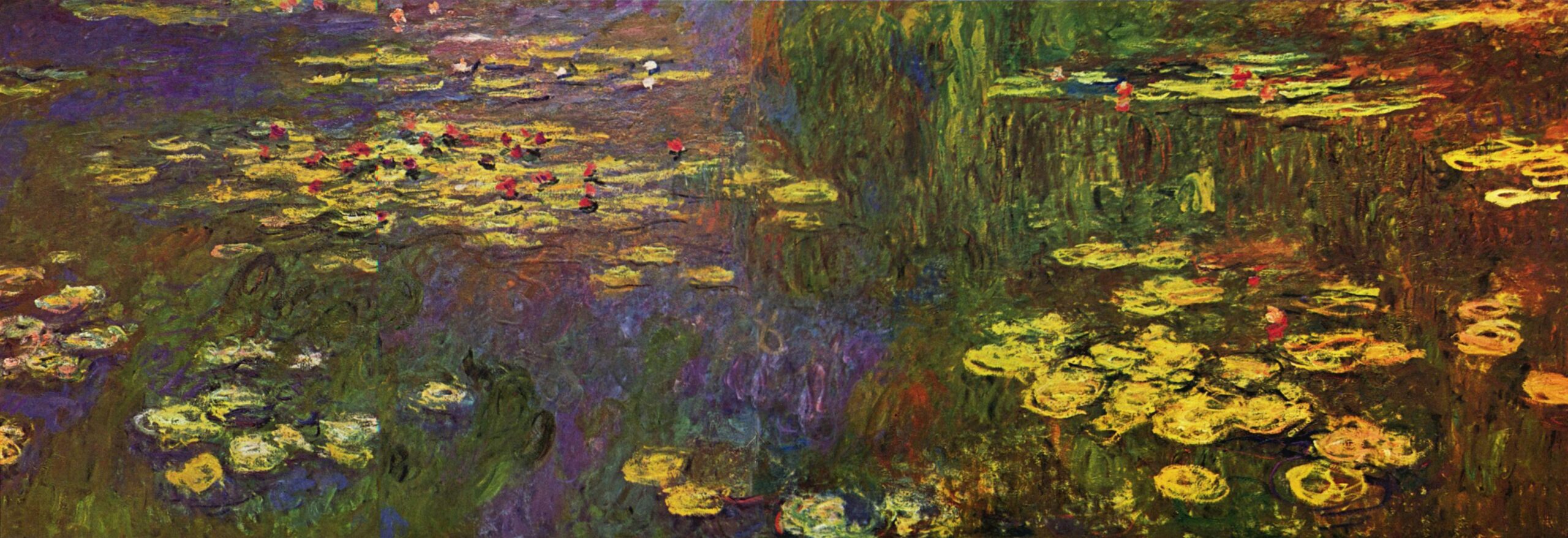
Experts in oversized transport were mobilised for this delicate mission. They used special crates with sophisticated suspension systems to reduce vibrations and shocks during the journey.
In addition, strict environmental conditions were maintained throughout transport to ensure the painting remained in perfect condition.
This logistical operation was a real challenge, but it enabled art lovers the world over to appreciate one of the most emblematic works of modern art.
In conclusion, managing a worldwide art collection is a real adventure, punctuated by challenges that are as stimulating as they are complex. For discerning collectors, the search for the perfect art cannot be limited to acquisition, but must also take into account logistics, compliance with regulations, and the preservation and protection of these cultural treasures.
As experts in the logistics and storage of high-value artworks, we offer collectors around the world our renowned expertise and specially designed facilities to ensure the preservation of the world's artistic heritage.
To take advantage of all the benefits we can offer you, from access to a Luxembourg airport tarmac to VAT benefits and one of the most secure and well-equipped warehouses in the world, we invite you to contact us.
And together we'll look at the services that are essential to your mission as an art collector, so that you can pursue your passion with complete peace of mind.
